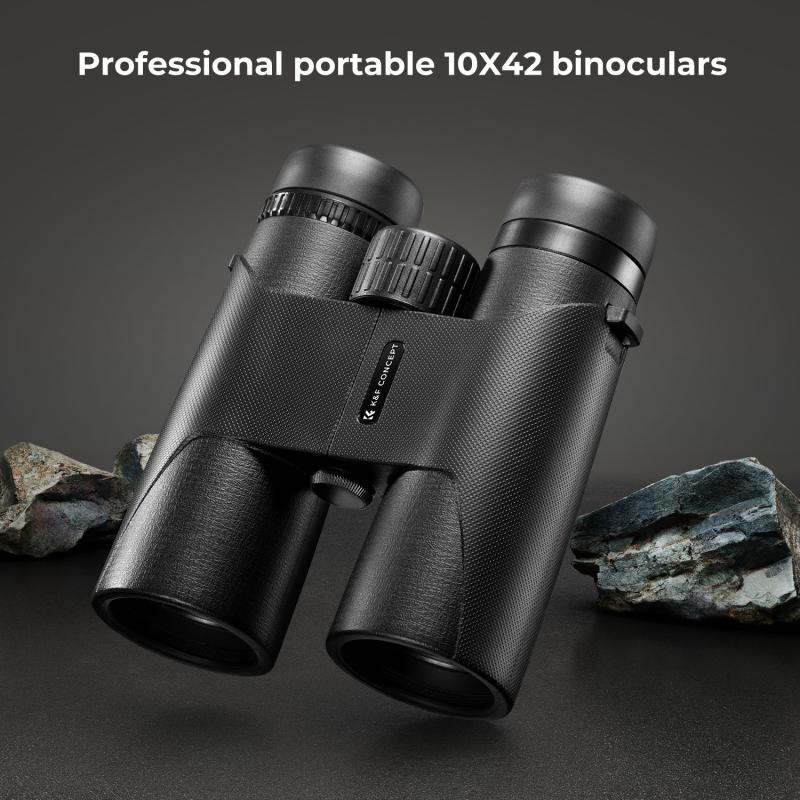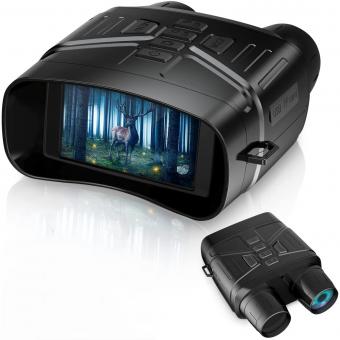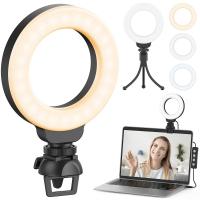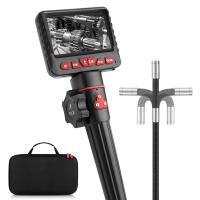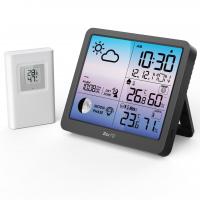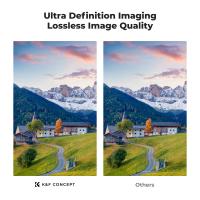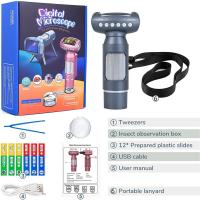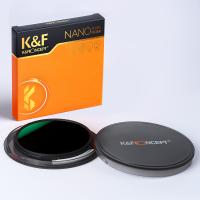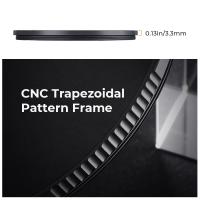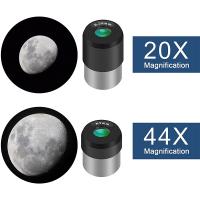How To Choose Binoculars For Astronomy ?
When choosing binoculars for astronomy, it is important to consider several factors. Firstly, look for binoculars with a large objective lens diameter, typically around 50mm or larger, as this allows more light to enter and provides brighter images. Additionally, consider the magnification power of the binoculars. Higher magnification can be beneficial for observing celestial objects, but keep in mind that it may also result in a narrower field of view. A good balance is typically around 7x to 10x magnification. Another important factor is the quality of optics. Look for binoculars with high-quality lenses and coatings to ensure clear and sharp images. Finally, consider the weight and size of the binoculars, as you will likely be holding them for extended periods. Opt for a lightweight and compact design that is comfortable to use.
1、 Aperture size and light gathering capability
When it comes to choosing binoculars for astronomy, one of the most important factors to consider is the aperture size and light gathering capability. The aperture size refers to the diameter of the objective lenses, which determines how much light the binoculars can gather.
In astronomy, having a larger aperture size is crucial as it allows for better light gathering capability. This means that binoculars with a larger aperture size will be able to capture more light from distant celestial objects, resulting in brighter and clearer views. This is especially important when observing faint objects such as galaxies, nebulae, and star clusters.
The general rule of thumb is that the larger the aperture size, the better the binoculars will perform for astronomy. However, it's important to strike a balance between aperture size and portability. Larger aperture sizes often result in heavier and bulkier binoculars, which may not be ideal for extended use or travel.
Additionally, advancements in technology have led to the development of binoculars with high-quality optics and coatings that enhance light transmission. These advancements have made it possible to achieve excellent performance even with smaller aperture sizes. Therefore, it's worth considering the latest point of view and exploring binoculars with advanced optics that can provide exceptional views despite a smaller aperture size.
In conclusion, when choosing binoculars for astronomy, prioritize aperture size and light gathering capability. Consider the balance between aperture size and portability, and explore the latest advancements in optics to find binoculars that offer excellent performance for your astronomical observations.
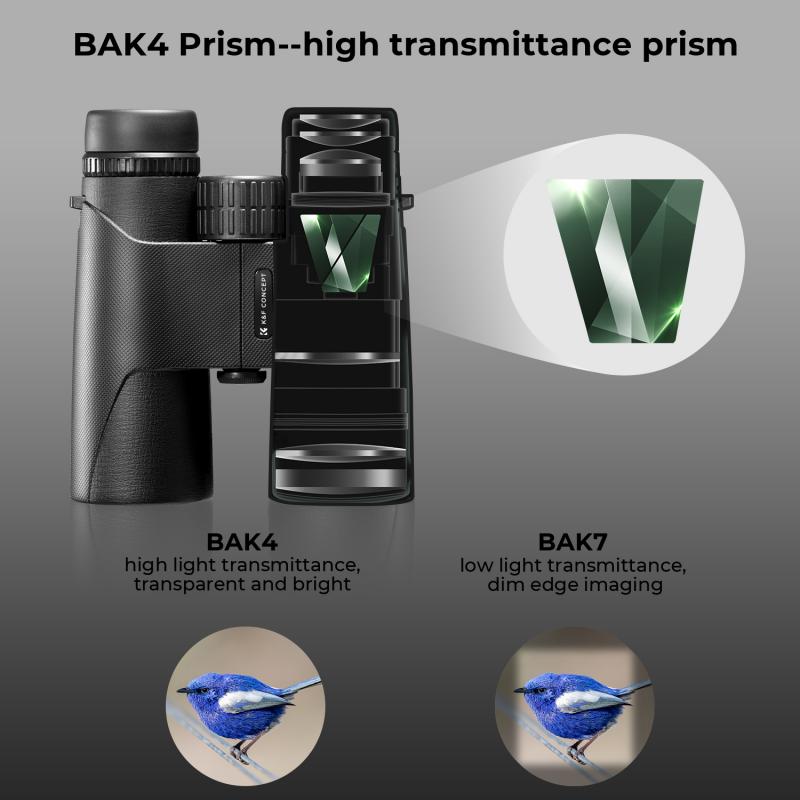
2、 Magnification power and field of view
When it comes to choosing binoculars for astronomy, there are several factors to consider. One of the most important factors is the magnification power. Higher magnification allows for closer views of celestial objects, but it also narrows the field of view. For astronomy purposes, a magnification power of 7x to 10x is generally recommended. This range strikes a balance between magnification and field of view, allowing for a wider perspective of the night sky.
Another crucial factor to consider is the field of view. A wider field of view enables you to observe larger portions of the sky at once, making it easier to locate and track celestial objects. A wider field of view is particularly important for observing star clusters, galaxies, and other extended objects. However, a wider field of view often comes at the expense of magnification power. Therefore, it is essential to find a balance between the two.
In recent years, there have been advancements in binocular technology that have improved the viewing experience for astronomers. Some binoculars now come with image stabilization technology, which helps to reduce hand tremors and provide a steadier view. Additionally, there are binoculars with built-in filters that can enhance the visibility of certain celestial objects, such as the moon or specific nebulae.
Ultimately, the choice of binoculars for astronomy depends on personal preferences and budget. It is recommended to try out different models and consider factors such as magnification power, field of view, and any additional features that may enhance the viewing experience. Consulting with experienced astronomers or reading reviews can also provide valuable insights into the latest advancements and recommendations in binocular technology for astronomy.
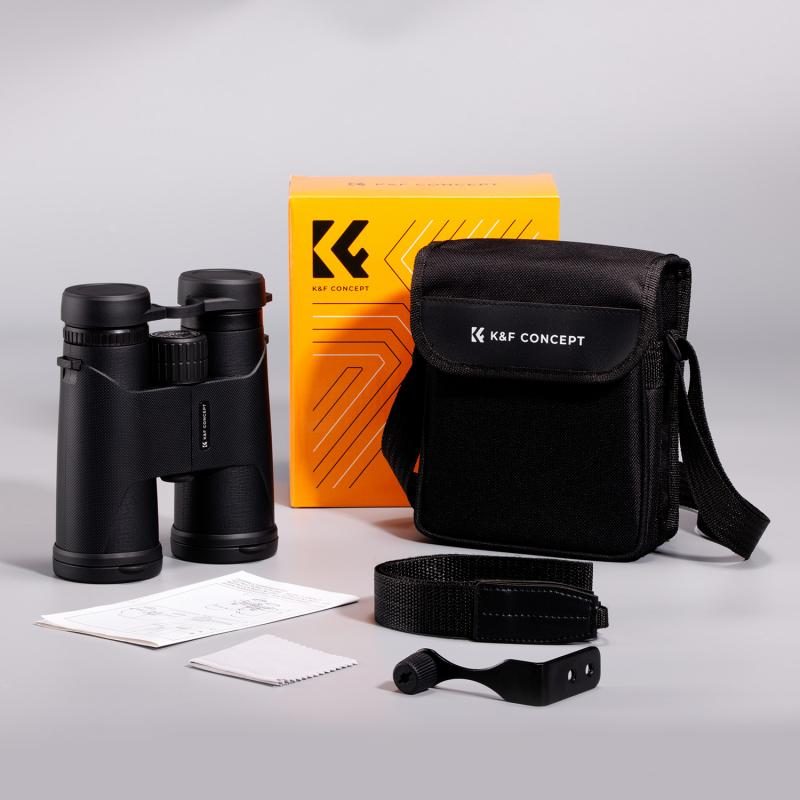
3、 Lens quality and coatings for optimal image clarity
When it comes to choosing binoculars for astronomy, there are several factors to consider. One of the most important aspects is lens quality and coatings, as they play a crucial role in providing optimal image clarity.
Lens quality refers to the materials used and the precision with which the lenses are manufactured. High-quality lenses are typically made from special types of glass that minimize distortion and aberrations, resulting in sharper and clearer images. These lenses also tend to have better light transmission, allowing for brighter views of celestial objects.
Coatings on the lenses are another important consideration. Anti-reflective coatings are applied to reduce the amount of light that is lost due to reflection, resulting in increased brightness and contrast. Multiple coatings, such as multi-coated or fully multi-coated, are even more effective in reducing reflections and improving image quality.
In recent years, there have been advancements in lens technology that have further improved image clarity. For example, some binoculars now feature ED (Extra-low Dispersion) glass, which helps to minimize chromatic aberration and produce sharper images with better color accuracy. Additionally, phase correction coatings on the prisms can enhance image resolution and contrast.
It is worth noting that while lens quality and coatings are important, they are not the only factors to consider when choosing binoculars for astronomy. Other factors such as magnification, aperture size, and field of view should also be taken into account to ensure a well-rounded and satisfying stargazing experience.
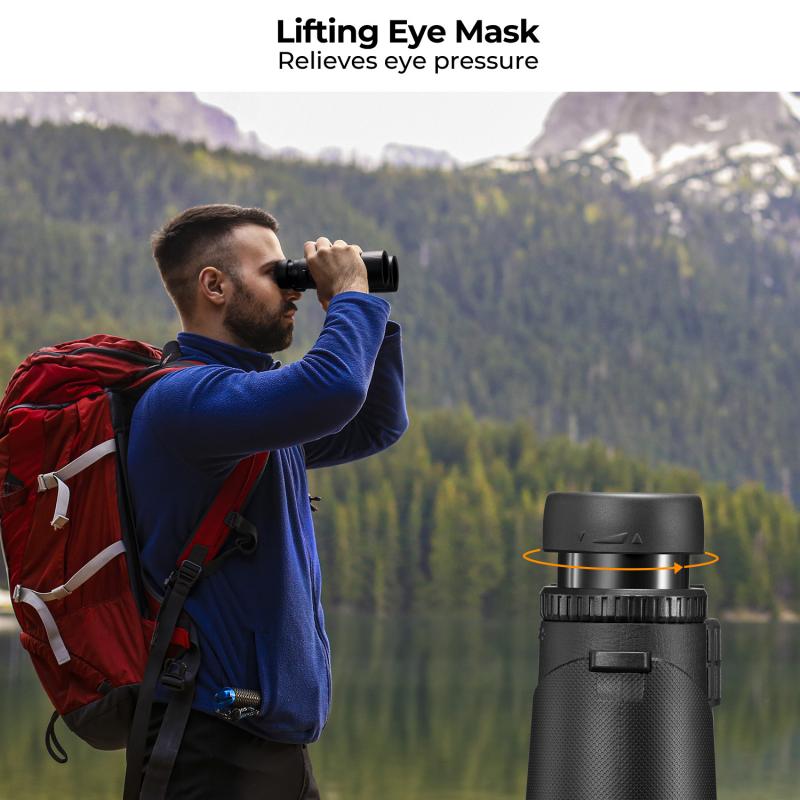
4、 Weight and portability for ease of use
When it comes to choosing binoculars for astronomy, there are several factors to consider. One important aspect is the weight and portability of the binoculars, as this can greatly impact the ease of use and overall enjoyment of your stargazing experience.
Weight is an important consideration because you will likely be holding the binoculars for extended periods of time while observing the night sky. Heavy binoculars can quickly become uncomfortable and strain your arms and neck. Therefore, it is recommended to choose binoculars that are lightweight and easy to handle.
Portability is also crucial, especially if you plan on taking your binoculars with you on trips or to different observing locations. Compact and portable binoculars are ideal for astronomy enthusiasts who are always on the go. They are easier to carry and can be conveniently stored in a backpack or travel case.
In recent years, there have been advancements in binocular technology that have made them even more lightweight and portable. Manufacturers have introduced compact models with high-quality optics, allowing for excellent image clarity and brightness despite their smaller size. These advancements have made it easier than ever to find binoculars that are both lightweight and powerful.
In conclusion, when choosing binoculars for astronomy, it is important to prioritize weight and portability for ease of use. Consider opting for lightweight and compact models that offer excellent image quality. With the latest advancements in binocular technology, you can find a pair that meets your needs without sacrificing performance.
